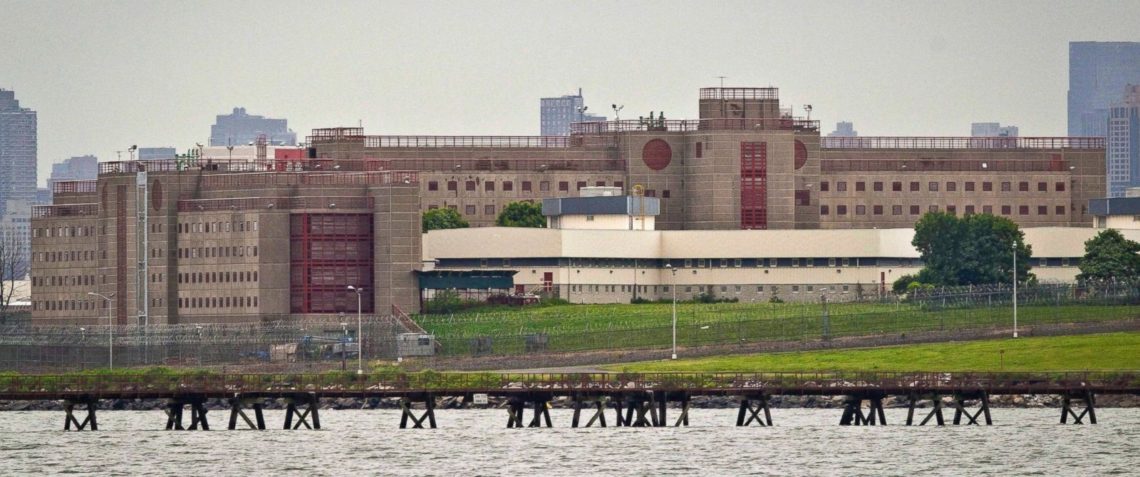
Thousands of New Yorkers accused of low-level or non-violent crimes won’t face the prospect of raising cash for bail under a plan that seeks to keep such suspects out of the troubled Rikers Island jail complex.
The $18 million city plan, detailed to The Associated Press ahead of the announcement on Wednesday, allows judges beginning next year to replace bail for low-risk defendants with supervision options including daily check-ins, text-message reminders and connecting them with drug or behavioral therapy.
Bail has long been criticized by inmate advocates for unfairly targeting poor people. And reforms were recommended by a mayoral task-force last year after the AP reported on the case of a mentally ill homeless man who was unable to make $2,500 bail for trespassing and died in a sweltering hot Rikers cell.
More calls for reform gained traction after the suicide last month of 22-year-old Kalief Browder. When he was 16 years old, Browder was unable to make $3,000 bail on charges he stole a backpack. He ended up being held in Rikers for three years, beaten by inmates and guards alike and held in solitary confinement before charges against him were eventually dropped.
“I think the basic principle is that Kalief Browder and other cases have begun to signify this (need for reform) in the public eye,” said Elizabeth Glazer, the mayor’s criminal justice coordinator. “We want to focus on risk to be the determining factor to decide if someone will be in or out; and it has to be risk, not money.”
Currently, about 41 percent of criminal defendants who pass through New York City courts annually are released on their own recognizance and another 14 percent, or 45,500 people, are held on bail.
About 87 percent of the 1,100 people on supervised release in already-existing city pilot programs return to court when they’re supposed to, officials said.
Initial funding, provided by the Manhattan district attorney, allows for as many as 3,000 defendants charged with misdemeanors or non-violent felonies to bypass bail, letting them live with their families and keep their jobs while their cases wind through the courts. Officials say they would like to expand non-bail options to include thousands more.
Releasing defendants to community supervision based on so-called risk-assessment tools that gauge a person’s threat to public safety is increasingly done in cities and states throughout the country.
About 10 percent of state, county and city courts currently use some such tool to decide if a defendant’s too risky to be released or who qualifies for some level of supervision, according to the Laura and John Arnold Foundation, which created its own risk instrument that’s used in Arizona, Kentucky and New Jersey as well as in cities such as Charlotte, Chicago, and Phoenix.
Washington, D.C., also is considered a model for eliminating bail, though it still detains pre-trial offenders deemed too dangerous to be released back in the community.
But in New York, unlike most states, efforts to fully do away with bail are complicated by state law, which requires judges to consider defendants’ risk of flight, not their risk of reoffending, when determining bail conditions.
Glazer said she hoped legislators would consider changing the law, a move supported by the state’s chief judge, Jonathan Lippman, who said in a statement alternatives to either jail time or no supervision at all “are critical steps in reducing overreliance on bail.”








